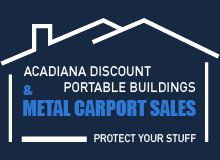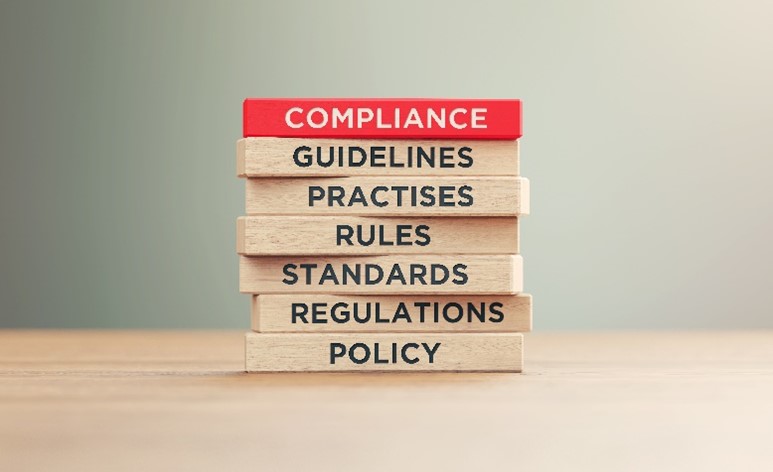In some jurisdictions, you may need to obtain a permit to have a portable building erected. Understanding the local regulations can save you from potential legal issues and fines. In this article, we’ll provide an overview of what you need to know about permit requirements for portable buildings.
Understanding Local Regulations
Requirements for portable buildings can vary depending on your location. Local governments have different rules based on factors like the building’s size, location, and purpose. Start by contacting your local building department or zoning office to get the specific requirements for your area.
- Size Matters – In many jurisdictions, the need for a permit is determined by the size of the building. Smaller structures often have more lenient requirements, while larger ones may require a full permit process.
- Purpose and Use – The intended use of the portable building also influences permit requirements. Structures used for living spaces, businesses, or those that include utilities may face stricter regulations.
- Historical and Environmental Considerations – Some areas with historical significance or environmental sensitivities may have additional restrictions for any type of building, including portable ones.
The Permit Process
If a permit is required, the process typically involves submitting detailed plans of the structure and the site where it will be located. These plans must often adhere to local building codes, which can include specifications on foundations, structural integrity, and safety features.
- Application and Fees – The process starts with an application, often accompanied by a fee.
- Inspection – After installation, your portable building might be subject to inspection to ensure it complies with the submitted plans and local building codes.
- Timeframe – The time it takes to obtain a permit can vary from days to weeks, depending on the locality and the specifics of your project.
Special Considerations
- Temporary vs. Permanent – Some areas differentiate between temporary and permanent structures for permit purposes, with portable buildings usually falling into the temporary category.
- HOA and Community Regulations – If you live in a community with a Homeowners Association, check their rules as well, as they may have additional restrictions.
Summary
Understanding and complying with the permit process and regulations for portable buildings is essential for a smooth setup process. It’s important to do thorough research and consult local authorities to ensure that your portable building meets all legal requirements. This proactive approach will help to avoid any legal complications and ensure that your structure is safe and compliant.
Acadiana Discount Portable Buildings has served the Southwest Louisiana region since 2010, offering a range of high-quality building solutions. Specializing in metal structures such as RV covers, garages, and commercial buildings, we provide a transparent and hassle-free purchase experience. With our expert consultants to guide you, we can provide detailed product comparisons to help you make well-informed decisions. Known for top-quality materials at competitive prices, we also offer free building delivery and anchoring services. We have three locations to serve you in New Iberia, Lake Charles, and Carencro, LA, so we’re close by to wherever you are.
For more information about the products and services we provide, contact us via our website or call to speak to one of our portable building consultants:
Lake Charles – 337-210-4151 Carencro – 337-210-4913 New Iberia – 337-565-2540

